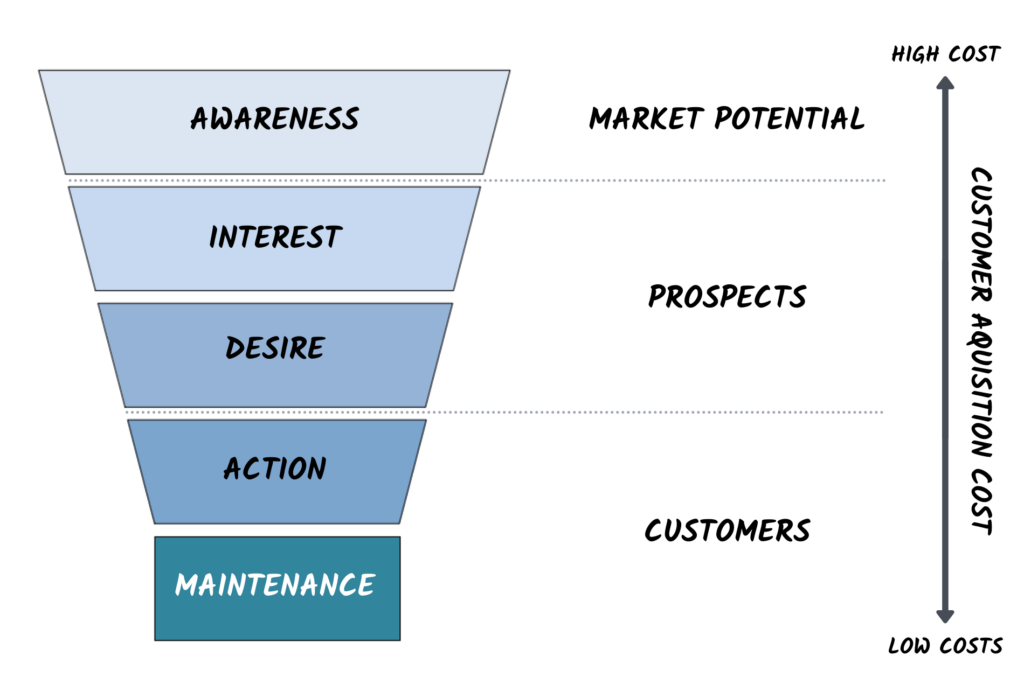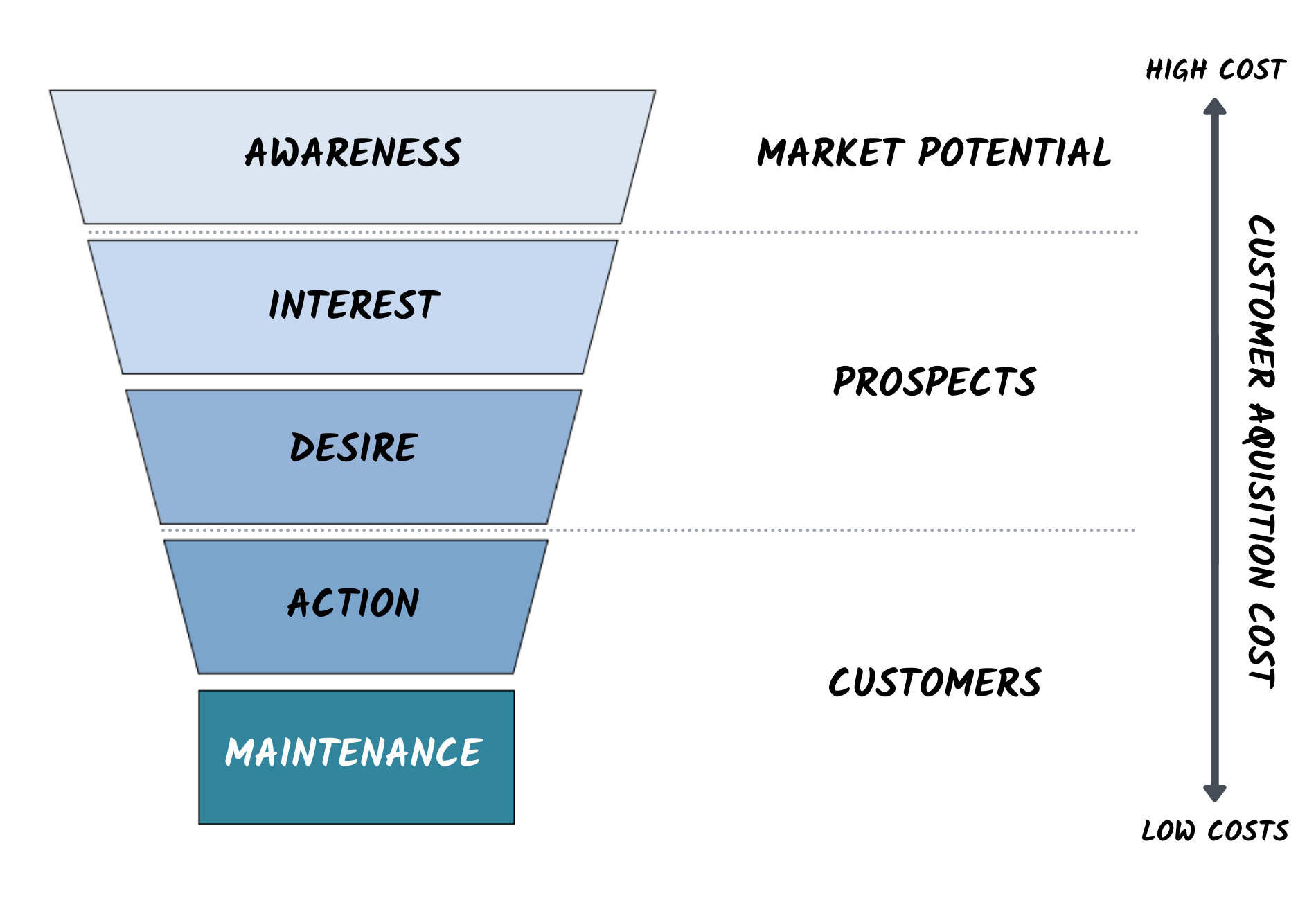Let’s say you are single, and you are trying to meet your soulmate on a dating app. You see an attractive stranger, start a conversation, and within a few texts, they ask you to marry them. What are you going to do? Say “Yes”? Or block them and never talk to them again? You might think that it’s a weird way to start a conversation.
In Ecommerce, you would be surprised to see how many businesses ask their customers to marry them within a few minutes. They believe they are Amazon and create a merchant website with a storefront, a few product pages, add to cart buttons, and then wait for the customers to come and spend their money. Sometimes, they will put in a little effort and create advertising campaigns on social media that will direct the visitors directly to their product pages. Customers have never heard of that company, they click on the ad, and all they see are a few pictures and a big “Buy Now” button. Do you think these ads have a high conversion rate? Maybe their loyal customers are likely to buy from their website, but any new visitor will be put off.
On the other hand, a good relationship starts slowly with a nice introduction, a first date to get to know each other, a second date, maybe a kiss… it feels a lot more natural, and that is what most successful businesses are doing. This process is called a sales funnel: the process that takes a complete stranger who has never heard of your brand, and turns them into a paying customer. A sale is not an event, but a process that starts way before your target clicks on the “Add to cart” button. And there is a lot you can do after selling the item to make sure this customer keeps buying from you, but also to maximize revenues and customer satisfaction.
AIDA Funnel
A basic model in marketing is the AIDA funnel: Awareness-Interest-Desire-Action. It illustrates the journey from being a total stranger and not knowing about the product or company, to becoming a loyal paying customer.

To explain this funnel, let’s take an example. Let’s say you run a nutritional supplement business and have just launched a new fat-burning supplement called Ripped Mode.
Awareness
“What is that Ripped Mode thing?” At this stage, you’re dealing with people who have never heard of your brand or your product. You’re not even sure they know about fat-burning products. You need to target the right people (for example, people in fitness and dieting groups on Facebook), and tell them about your offer. This will be the first contact they have with your brand, and you need to be convincing so they move down the funnel. Some powerful images can work, such as before-after pictures.
Interest
“That product sounds cool. Maybe one day I’ll need some Ripped Mode,” Now, these people you targeted are somewhat interested and have turned into prospects. You might also have other prospects who are familiar with your brand but not the product, for example, your followers on social media. They only have a vague idea of what fat burners are, and how it can help them, so you need to tell them more. A good landing page on your website is key so they can learn more about what you have to offer.
Desire
“That is great, how should I use it, and how often? What about side effects ?” Now your prospect likes the idea and starts to trust you. You’re getting close to making that sale, they like the main benefits and they just want to make sure there is no red flag. You can find these highly-qualified prospects in the previous stage, those who subscribed to your newsletter or visited your website multiple times. Retargeting is a powerful tool here, so you can go after those who are highly interested but got distracted and forgot about your offer.
Action
“Sounds great! I’ll buy some of that Ripped Mode thing.” Congratulations, you’ve made a sale! At this point, your prospect will buy your product and turn into a paying customer. You need a powerful and obvious CTA (Call to action) to not miss the sale, or show testimonials to boost the prospect’s confidence in your product. Sometimes they might need an extra push, like a small discount, a limited-time offer to create scarcity, or free shipping.
Maintenance
The process is not over after your first sale; you want to turn your new customer into a returning and loyal customer. Existing customers are worth much more than new customers: they come back multiple times and tend to spend more money each time. Moreover, studies have shown that acquiring a new customer is 8 times more expensive than retaining an existing one.
Email marketing and social media are great ways to keep your audience engaged if they are satisfied with your products. If not, you can still get them to buy again by offering outstanding customer service. Loyalty rewards and customer tiers (creating different customer “tiers” based on how much they spend on your website and giving them discounts like Silver customers get 2% off, Gold customers get 3% off, etc can incentivize customers to come back. Finally, giving them a personalized shopping experience will improve their overall experience and get them to come back to your store.
That’s it for today! In the second part, we’ll look at a more tangible example you can implement on your website. See you soon!

